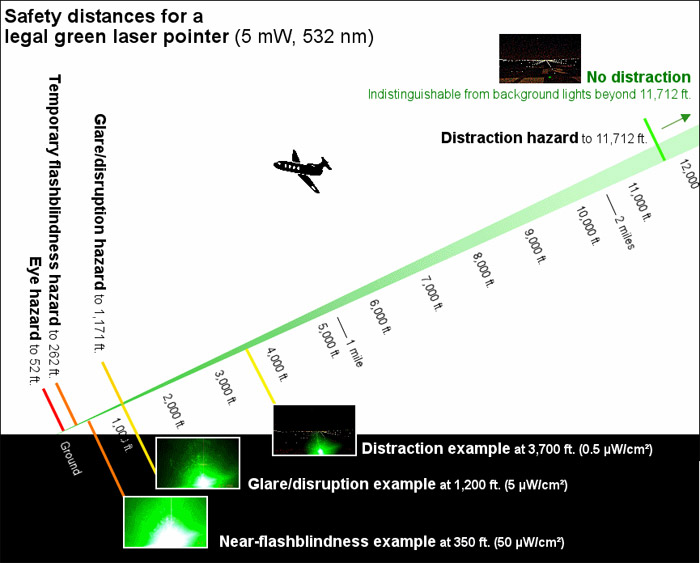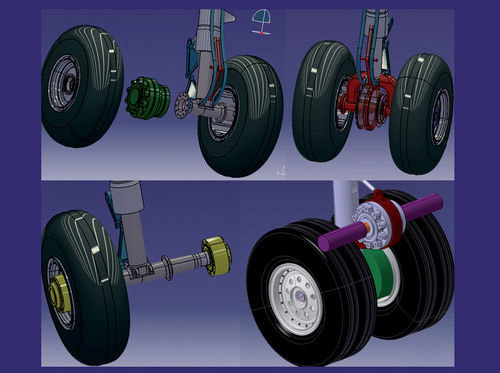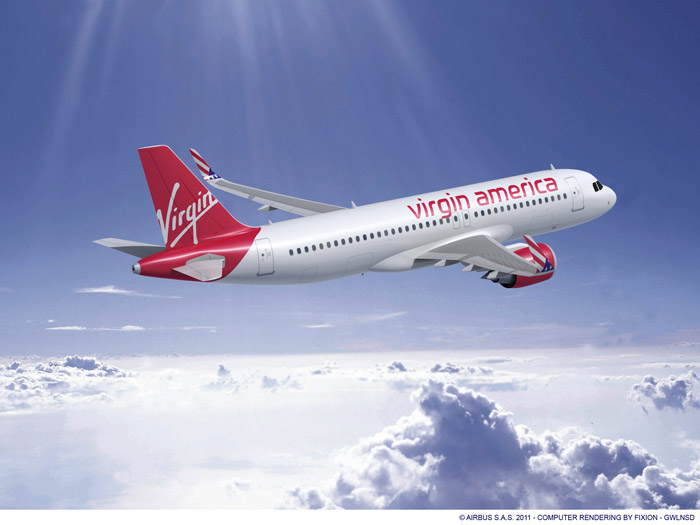You might have noticed that since last week nothing new has been posted here anymore. It’s because I was getting ready the all new Flightstory website! 🙂
I’m happy to announce that as of today the Flightstory Aviation Blog has moved to www.flightstory.net! Many new features are waiting for you!
It’s important to note that this blog will remain online and used as archive. New content will solely be posted on the new website!
… So what do you have to do?
If you’ve subscribed to the RSS feed, you need to update the RSS feed address in your feed reader to: http://www.flightstory.net/feed
If you’re using Feedburner, you don’t need to chance anything since Feedburner has already been updated to use the new address.
… Why the new website?
First of all the new website is more modern, has a more friendly design and most important loads incredibly faster than the old one!
It now has full integration with Facebook and Twitter – so if you like, we can become friends!
Links: Facebook page | Twitter page
The category structure and page layout has been changed and new user functions implemented – like comment rating, new more modern comment form and related postings.
Participation has been enhanced as well:
- You can submit stories, news and anecdotes or links using a new and better submit form – Link: Submit form
- Photos and videos can be submitted as well – even works from any mobile phone! – Link: Submit form
- If you’re on Flickr, you can add your photos to the Flightstory photo pool – Every week we’ll pick one entry that will be honored as “Photo of the Week” – Link: Flickr photo contest
- You want us to review your products and services or want us to publish your press release, company news or dedicated article you can easily get in touch as well – Link: Contact form
We hope you like the new website! Please feel free to make suggestions and report errors. Any feedback is welcome!

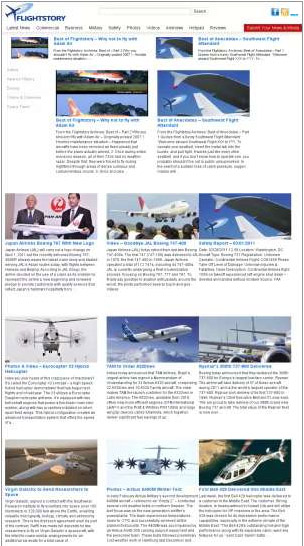
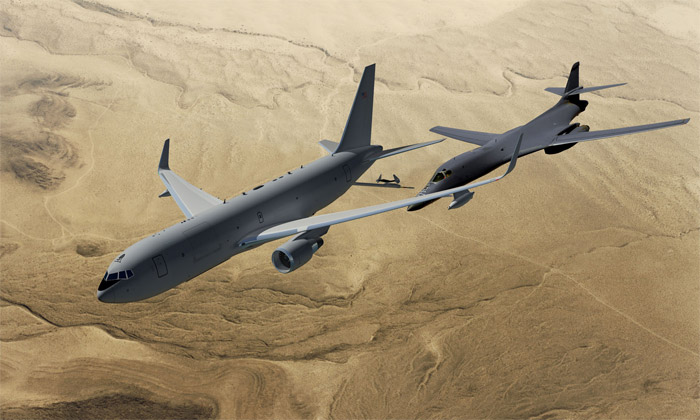
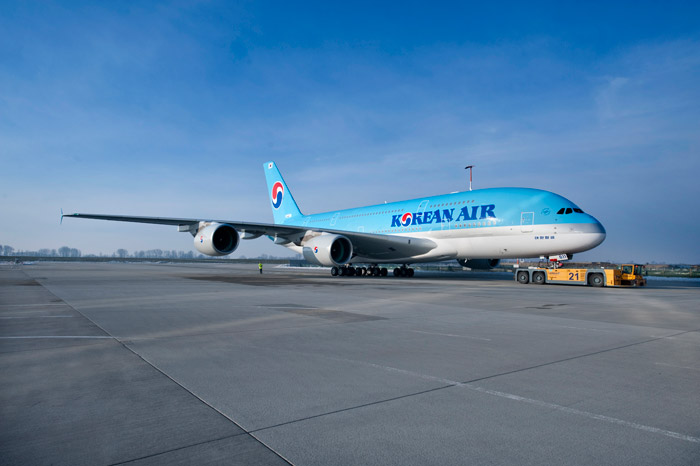
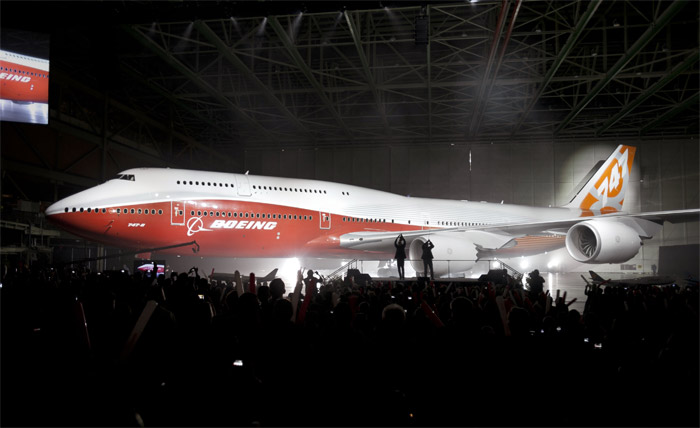
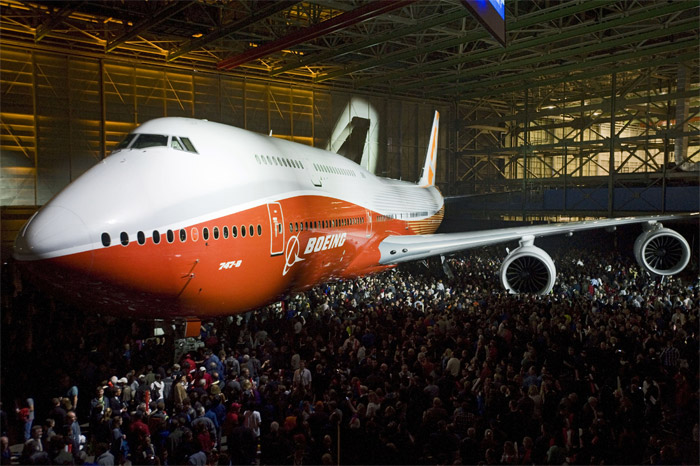
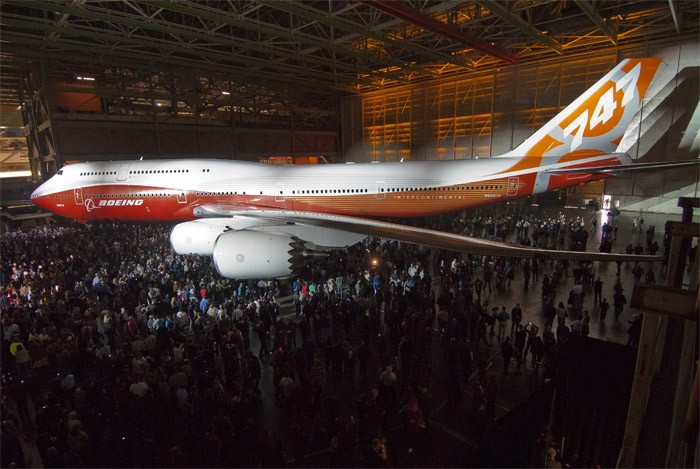

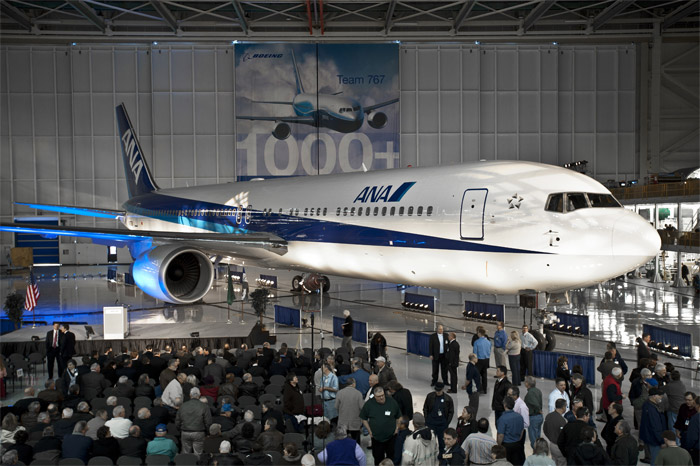
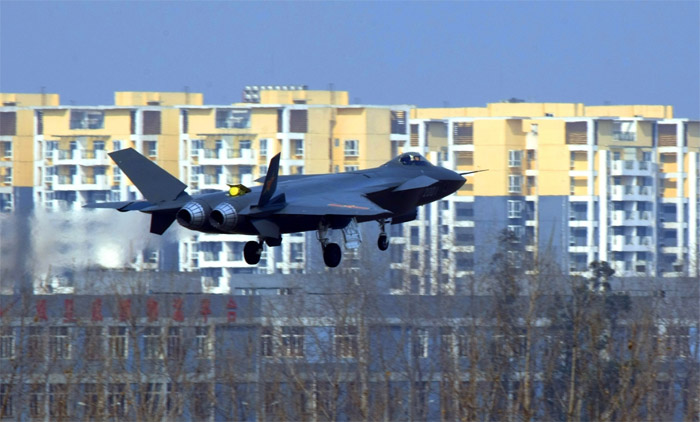
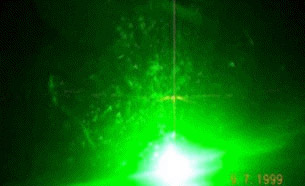 “This is a serious safety issue,†said U.S. Transportation Secretary Ray LaHood. “Lasers can distract and harm pilots who are working to get passengers safely to their destinations.â€
“This is a serious safety issue,†said U.S. Transportation Secretary Ray LaHood. “Lasers can distract and harm pilots who are working to get passengers safely to their destinations.â€